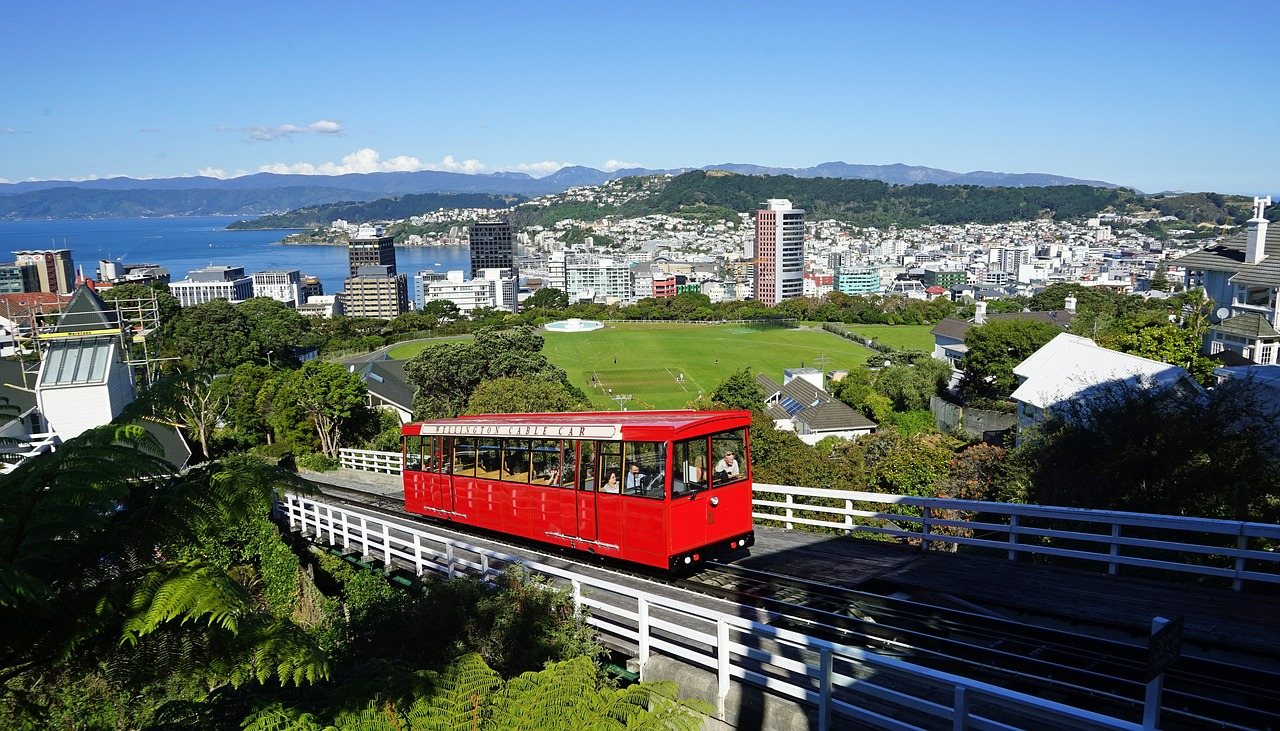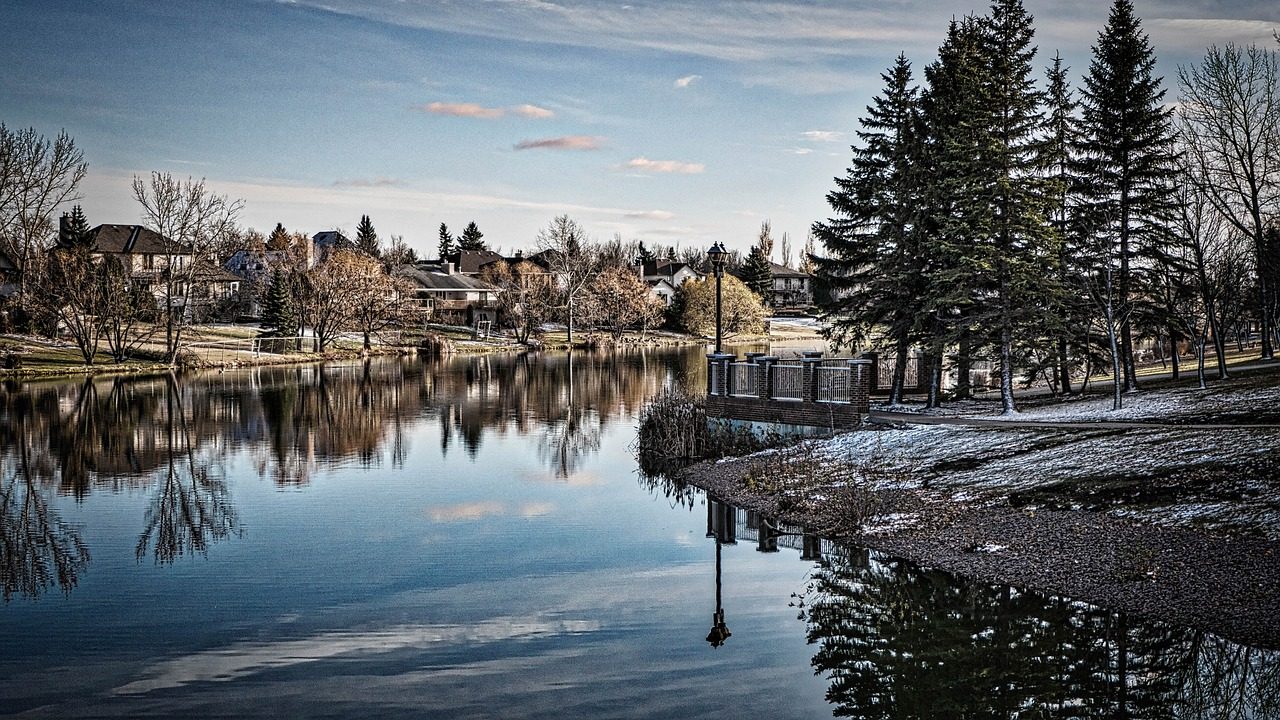Whistler weather is a topic of interest for many, as the city is a popular destination for outdoor enthusiasts and vacationers alike. Located in the Coast Mountains of British Columbia, Canada, the area is known for its heavy snowfall during the winter months and mild, pleasant temperatures during the summer. However, there are a few key things to keep in mind when planning a trip to Whistler, particularly in terms of the weather.
First of all, it’s important to note that the weather in Whistler can vary widely depending on the time of year. For example, during the winter months of December through February, the average low temperature is around -10°C (14°F), while the average high temperature is around -4°C (25°F). This means that visitors should be prepared for extremely cold weather and should pack accordingly. On the other hand, during the summer months of June through August, the average low temperature is around 8°C (46°F), while the average high temperature is around 20°C (68°F), which is much more comfortable.
Furthermore, it’s also important to keep in mind that the weather can change rapidly in Whistler. The city is located in a mountainous area, which means that the weather can be unpredictable. Visitors should be prepared for sudden changes in temperature, precipitation, and wind. It’s always a good idea to check the forecast before heading out and to be prepared for the worst.
In addition to the temperature and precipitation, it’s also important to keep in mind that Whistler receives a significant amount of snowfall during the winter months. This can make for great skiing and snowboarding conditions, but it can also make travel difficult. Visitors should be prepared for snow-covered roads and possible road closures.
| Month | Low (°C) | High (°C) | Low (°F) | High (°F) | Rain (%) |
|---|---|---|---|---|---|
| January | -10 | -4 | 14 | 25 | 80 |
| February | -9 | -3 | 16 | 27 | 70 |
| March | -7 | -1 | 19 | 30 | 60 |
| April | -4 | 2 | 25 | 36 | 50 |
| May | 1 | 7 | 34 | 45 | 40 |
| June | 8 | 20 | 46 | 68 | 30 |
| July | 10 | 22 | 50 | 72 | 20 |
| August | 9 | 21 | 48 | 70 | 10 |
| September | 6 | 18 | 43 | 64 | 20 |
| October | 3 | 12 | 37 | 54 | 30 |
| November | -1 | 6 | 30 | 43 | 40 |
| December | -7 | -3 | 19 | 27 | 50 |
When it comes to deciding the best time to visit Whistler, it really depends on what type of activities you are interested in and what type of weather you prefer. For those looking to hit the slopes, the winter months of December through February offer the best skiing and snowboarding conditions. The heavy snowfall during these months ensures that the mountain is well covered, and the colder temperatures help to maintain the snow.
On the other hand, if you’re looking for a more mild climate and the opportunity to participate in outdoor activities such as hiking, biking, and golfing, the summer months of June through August may be a better choice. The warmer temperatures and lower precipitation during these months make for comfortable conditions for these activities.
Another factor to consider is the crowds. Whistler is a popular destination, and the city can get quite busy during peak season. If you’re looking to avoid the crowds, it’s best to visit during the shoulder seasons of March through May or September through November. The weather during these months can still be quite pleasant, but the crowds will be much smaller.
Additionally, it’s also worth noting that the fall months of September and October offer a unique and beautiful experience as the leaves in the region change color. The autumn colors and crisp air can make for some of the most picturesque and enjoyable weather.
Overall, the best time to visit Whistler depends on your preferences and what you’re looking to get out of your trip. If you’re looking to hit the slopes, the winter months are the best choice. If you’re looking for mild weather and the opportunity to participate in outdoor activities, the summer months are a good choice. And if you’re looking to avoid the crowds, the shoulder seasons are a great option.
In conclusion, Whistler weather can be unpredictable, but with proper planning and preparation, visitors can make the most of their trip no matter what time of year they choose to visit. Whether you’re looking to hit the slopes in the winter, enjoy the mild temperatures and outdoor activities in the summer, or take in the autumn colors in the fall, Whistler has something to offer for everyone.



